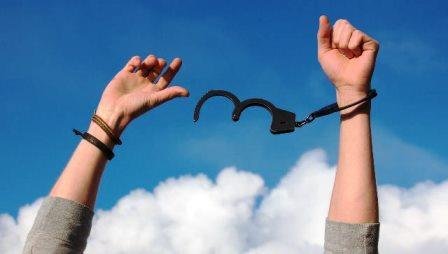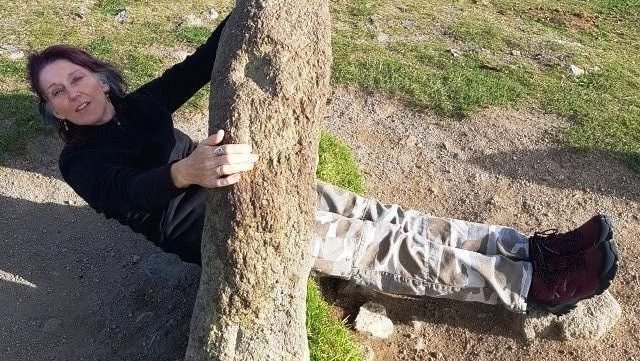Egos, Shadows and the Collective Unconscious
I have always loved a great story whatever format it takes, whether it is a book, film or TV series. Something about living a different life in another world for an hour or two is fantastic. I always loved reading myths and fairy tales as a child.
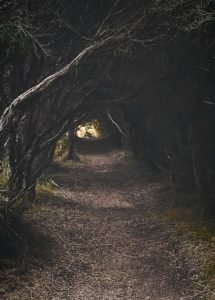 My favourite kinds of stories have always been fantasy types. I loved the dark forests and ancient landscapes. Even though they were far removed from my life, the characters and situations still spoke to me. Later, when I re-read these stories as an adult, I saw that they worked not only as entertainment and escapism. But they also allowed us to explore our often unconscious relationship with ourselves and the world around us.
My favourite kinds of stories have always been fantasy types. I loved the dark forests and ancient landscapes. Even though they were far removed from my life, the characters and situations still spoke to me. Later, when I re-read these stories as an adult, I saw that they worked not only as entertainment and escapism. But they also allowed us to explore our often unconscious relationship with ourselves and the world around us.
The more folktales and myths I read, the more I realised that the underlying ideas behind these stories were the same. Whether you were reading tales from Europe, Asia, Australia or the Americas, the same concepts repeatedly cropped up.
-
- Grand ideas of death and resurrection
- Epic heroic journeys
- Heroes overcoming great odds to seek justice
- Innocents risk everything to rescue a loved one.
Curious to discover more, I started reading about storytelling’s psychology. There, I came across Carl Jung’s theories on archetypes. I found them so fascinating I decided to explore them in more detail. Now, 30 years later, I am still learning new things about them.
What is an archetype?
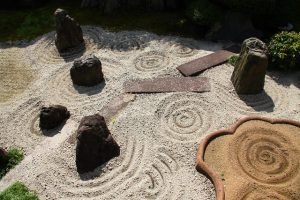 The simplest definition of an archetype is that it is a universal stereotype or prototype of specific behaviour patterns. For Jung, archetypes were the inherited unconscious thought patterns present in all people. Archetypes are found in mythology, art and symbolism in every culture in the world. All our mythological or religious ideas and stories are variations of these archetypes. Archetypes shape the way we see the world. Each person will react differently depending on which archetypes are dominant at a particular time. They are inner resources we can call on when we need them at various life stages to help us deal with issues.
The simplest definition of an archetype is that it is a universal stereotype or prototype of specific behaviour patterns. For Jung, archetypes were the inherited unconscious thought patterns present in all people. Archetypes are found in mythology, art and symbolism in every culture in the world. All our mythological or religious ideas and stories are variations of these archetypes. Archetypes shape the way we see the world. Each person will react differently depending on which archetypes are dominant at a particular time. They are inner resources we can call on when we need them at various life stages to help us deal with issues.
Carl Jung, a disciple of Freud and eminent psychologist, interpreted the word ‘archetype’ to describe the characteristics of the collective unconscious he believed lived in all human beings.
Jung suggested that the psyche was composed of:
-
- The Ego – The self, separate from the world and others.
- Personal Unconscious - Our memories, both remembered and suppressed.
- Collective Unconscious - Ancestral knowledge, experiences inherited from all past human beings.
Jung did not think that our personalities began as blank slates. For him, we were imprinted with this collective unconscious when we were born. Our unconscious is a combination of our personal unconscious and our collective unconscious.

It is more than just instinct. The collective unconscious is our intuition and the blueprint for our psychological development. For Jung, the collective unconscious was more important than our personal unconsciousness. It was here that archetypes exist. He discovered that the archetypal images people saw in dreams were often related to art, myths and legends found worldwide.
Our dreams connect us with our subconscious. We can work on personal growth and fulfil our potential by recording our dreams. We can then attempt to interpret them by looking at what is happening in our lives.
Have you taken the Quiz yet?
If you are curious to find your Wise Woman Archetype, take my fun quiz and find out here.
What makes up an archetype?
Jung thought there were infinite archetypes but that our psyche was made up of four primary ones.
Self - The self is the whole of our personality, including our conscious and unconscious. It is the goal of the self to integrate through a process he called ‘individuation’. This involves incorporating our fractured archetypes into our personality. It is a process that is ongoing throughout our lives.
Animus/Anima - The anima is the feminine within the male psyche and the animus is the masculine within the female psyche. The idea of anima and animus is not really about gender stereotyping. It is more about the archetypes of Eros (feminine - relationships and creativity) and Logos (masculine - power and reason) and present in both sexes. Often, some parts become suppressed as we develop through childhood and beyond.
Persona - The persona is how we present ourselves to others, our mask. We use it to impose our view of ourselves on the world and sometimes to hide our true nature.
Shadow - The shadow is the darker side of our psyche. It is made up of all those unconscious feelings that are hidden and repressed inside us. We sometimes see our shadow as the ‘other’ as we project what we dislike most about ourselves onto other people.
As well as these four main archetypes, many more have been identified. There is no definitive list, but Jung identified 12 main archetypes that appear in myths and legends and make up the foundation of our personality:
-
- Innocent/child – vulnerable, positive and honest
- Mother/Caregiver – nurturing, loving and protective
- Sage – wisdom, knowledgeable and helpful
- Magician – power, influence and transformation
- Hero/Heroine – brave, determined and courageous
- Trickster – deceiving, treacherous and amoral
- Lover – intimacy, harmony and passionate
- Creator – innovation, imagination and expression
- Rebel – liberation, independence and individuality
- Ruler – control, ambition and order
- Everyman/woman – belonging, balance and dependable
- Seeker – freedom, curiosity and adventure
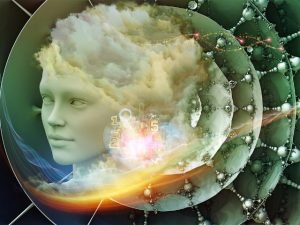
Archetypes like the ones above are often used in stories to develop the characters and plotlines.
I love the idea of story themes being universal. It makes me feel connected to other people whose lives are entirely different to my own.
It is easy nowadays to get hold of translations of books from all over the world. There is no reason we cannot enrich our minds by reading stories from all points of view, all over the world.
Next time you watch a film or read a book, see how many different archetypes you can spot.
You May Also Like
Reclaiming the Wise Woman
It is time to embrace the Wise Woman
Move Over Dr Who....
Regeneration is for women in midlife too.
Sorting out your Shit!
What is holding you back?
Are you interested in learning about the importance of certain archetypes, especially in relation to midlife?
Then check out my new course - Working with Archetypes.

